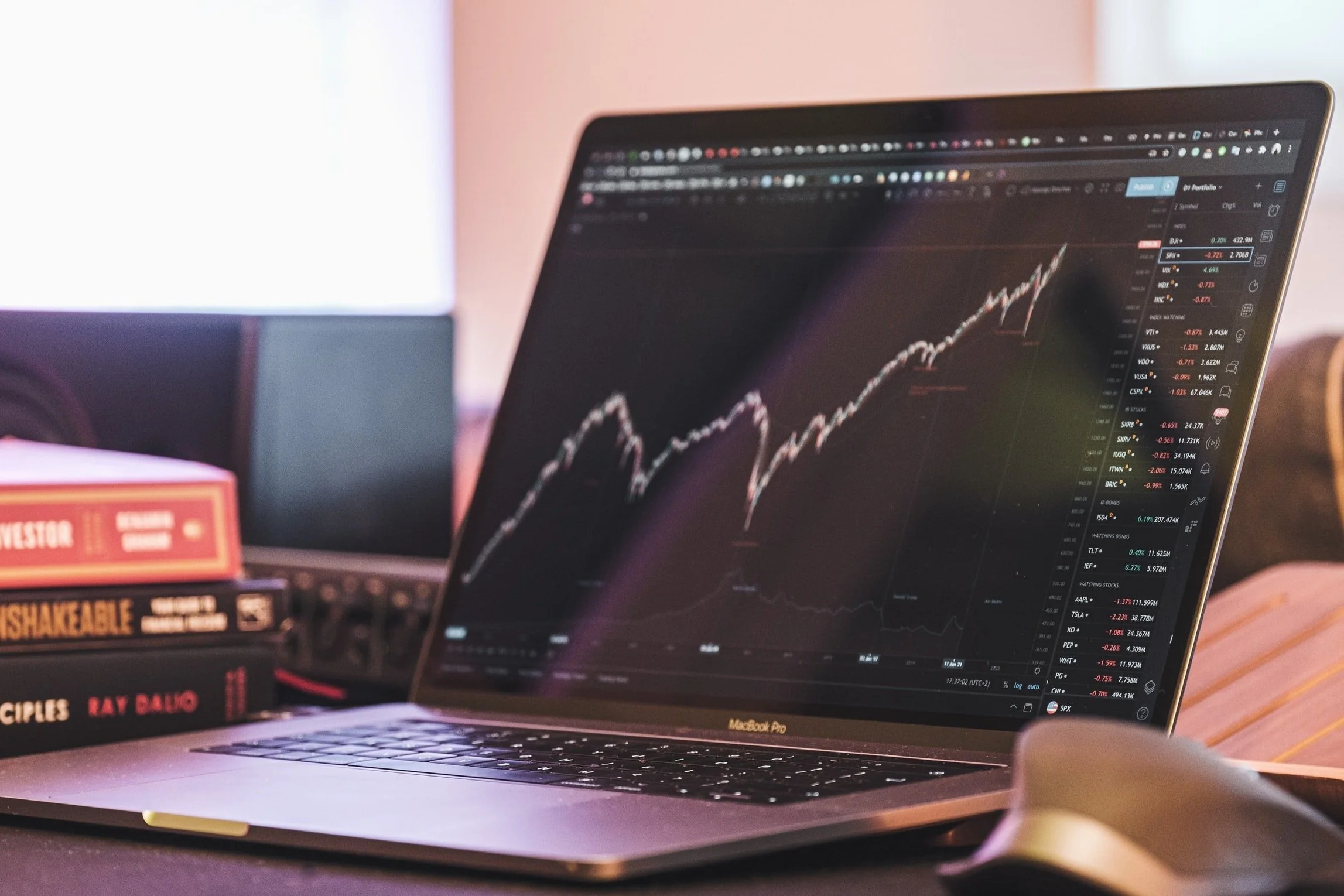The New Reality of Monetary Policy
The past 18 months for the three major U.S stock indices (the Nasdaq, S&P500, and the Dow 30) have been historically great despite a global pandemic that temporarily shut the world down and permanently changed how we live our lives. The COVID-19 pandemic temporarily shut down the world and permanently changed how we live. Yet the three major U.S stock indices (the Nasaq, S&P 500, and the Dow 30) have been consistently hitting record highs over the past 18 months. The S&P 500 is up >106% since the lows of March 2020 and is showing no signs of slowing down in the coming months. Similarly, the Dow Jones is up over 95% and the Nasdaq has skyrocketed over 130% in the same period. What happened?
A multitude of factors has contributed to these explosive gains in U.S equities. First, new technologies have enabled us to maneuver the restrictions caused by the pandemic. Consequently, online, application-based businesses and services saw increasing revenues during the period. U.S equities were further boosted by the fact that future earnings for all three major indices are expected to grow at an exponential pace. Large institutional investors have also driven markets higher, as the cash influxes that hit their portfolio balances were subsequently put back into U.S. equities. In addition, three rounds of federal stimulus checks throughout the course of the pandemic also provided a boost for U.S. equities, as many first time investors put stimulus money into the market. However, among all of these factors, when it comes to supporting U.S. equity prices over the past 18 months, there is no bigger player in the market than the Federal Reserve.
In order to understand the relationship between equity prices and Fed policy it is important to take a deep dive into what the Fed does and how they do it. To start, the Federal Reserve was founded in 1913 to serve as the nation's central bank. Following a series of bank runs, which simply implies a bank running out of cash reserves, financiers and politicians were persuaded to establish an institution that serves as a backstop in times of financial panic. In practice, the Fed would essentially eliminate bank runs as banks could always borrow money from the Fed in times of crisis. Additionally, it also focused its role and established its mission around two simple concepts: maximizing employment and overall price stability. This dual mandate has guided the Federal Reserve and every subsequent decision since their formation under the Wilson Administration.
So, how then has the Federal Reserve fueled one of the largest stock market booms despite a global pandemic when their goal is to generate employment and keep prices stable?
The answer to this question is complex and relates to how the Federal Reserve implemented unconventional monetary policy measures in order to provide liquidity to lending markets during the depths of the Covid-19 pandemic. Traditionally, the Fed can influence markets and achieve their dual mandate simply through open market operations that change the federal funds rate, the lending rate in which banks charge each other, by moving it up or down a quarter to a half percentage point. The Fed can also change the bank reserve requirement which is the required amount of money to be kept on hand for every dollar loaned out by a bank to encourage or discourage lending which is directly tied to employment and price stability.
However, when the Coronavirus ripped through the U.S in a matter of weeks in early 2020 the Federal Reserve had to pull out unconventional monetary tools previously used in 2008 in order to save the market. One of these tools was a bond purchasing program, formally known as quantitative easing, that is designed to push interest rates down, as bond prices and interest rates are inversely related. This allowed the Federal Reserve to create an environment with artificially low rates while also putting cash on the balance sheets of banks by buying a variety of treasury and municipal bonds that they held.
While this emergency measure helped unclog lending channels between banks, it also paved the way for stocks to see significant price and multiple expansion; money was cheaper, and institutional money managers allocated capital towards equities as fixed income securities offered little returns. The Fed’s bond-buying program, combined with other emergency actions, like the large scale purchases of mortgage-backed securities and the direct lending to major corporations, put cash on the balance sheets of the largest financial institutions (think Blackrock, J.P. Morgan, etc) and businesses in the world, which in turn was lent out to the rest of the financial system. Combined, this sunk interest rates and flushed the market with cash allowing for both institutional and individual investors to pour money into equities, and in turn, drive up the price.
Some economists would argue that these unconventional measures performed in the past 18 months represent a vast overstep by the Federal Reserve. Numerous scholars believe the Fed should let the markets fundamentally work these issues out without large-scale intervention and instead, perform more traditional monetary policy. This would include opening the discount window, which would encourage banks to take money from the Fed, while also increasing bank reserve requirements rather than full-on bond purchasing programs. However, this isn’t to say the Federal Reserve’s policy measures in the past 18 months have fundamentally broken free markets, but rather, they have established a new reality of monetary policy.
This new reality holds social, political, and economic consequences that reach far and wide, proving the impact the Federal Reserve has on not just markets and the economy but the overall society. While the Federal Reserve's unconventional monetary policies benefited everyone, as it prevented a global financial meltdown, it benefited wealthy stock-holding individuals the most. According to recent studies, the wealthiest 10% of Americans hold 90% of all U.S. equities, bringing light the social dilemma: many low-wage entry-level jobs were cut during the pandemic, while the wealthiest Americans saw their net worths double. Furthermore, the long-term implications of the unconventional monetary policy employed during the pandemic are rather unknown. Inflationary pressures have been prevalent as the Federal Reserve works to slow down the pace of bond purchases and extreme monetary policy measures. Recently, the US consumer price index (CPI), the leading inflationary measuring tool for consumer prices, reported that prices jumped 6.3% in October 2021 compared to a year ago. While supply chain pressures and labor shortages certainly contributed to that number, the Federal Reserve also plays a role when they artificially pumped trillions of dollars into the economy, while simultaneously lowering interest rates to near-zero levels, encouraging spending, and risk-taking.
Overall, when considering this new reality of unconventional monetary policy, it’s important to realize the role the Federal Reserve has in the economy, not only during times of crisis but also beyond.



